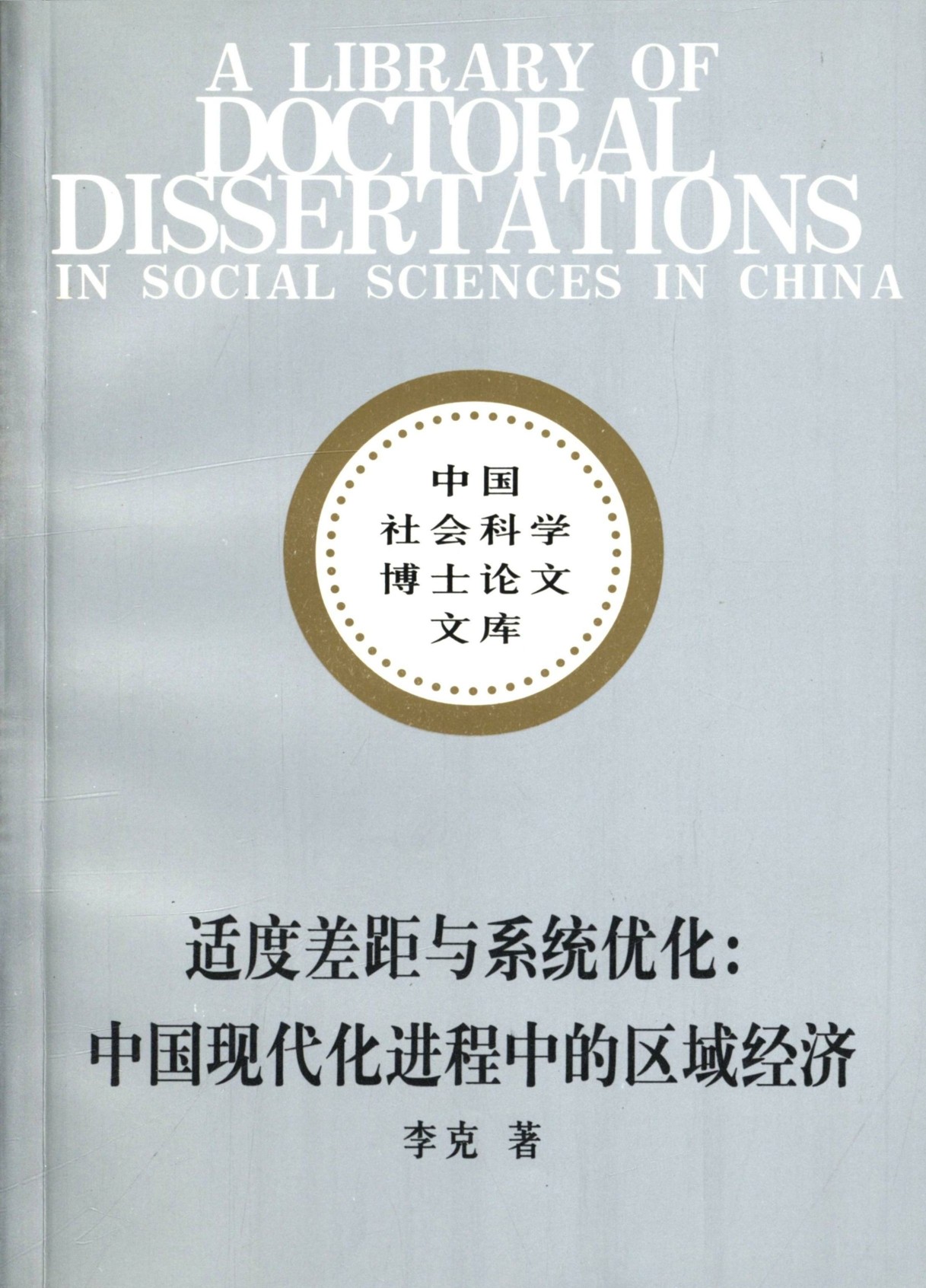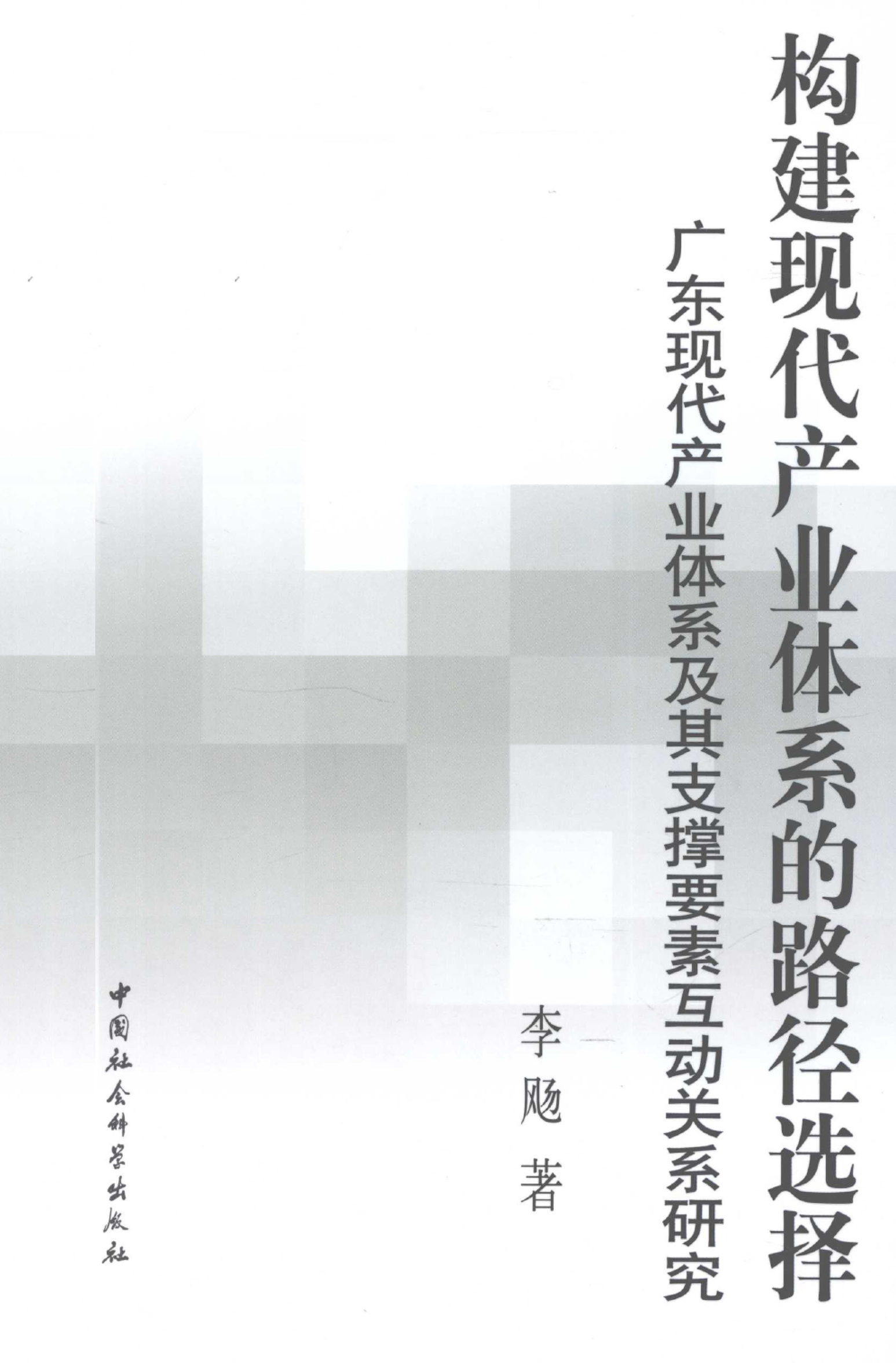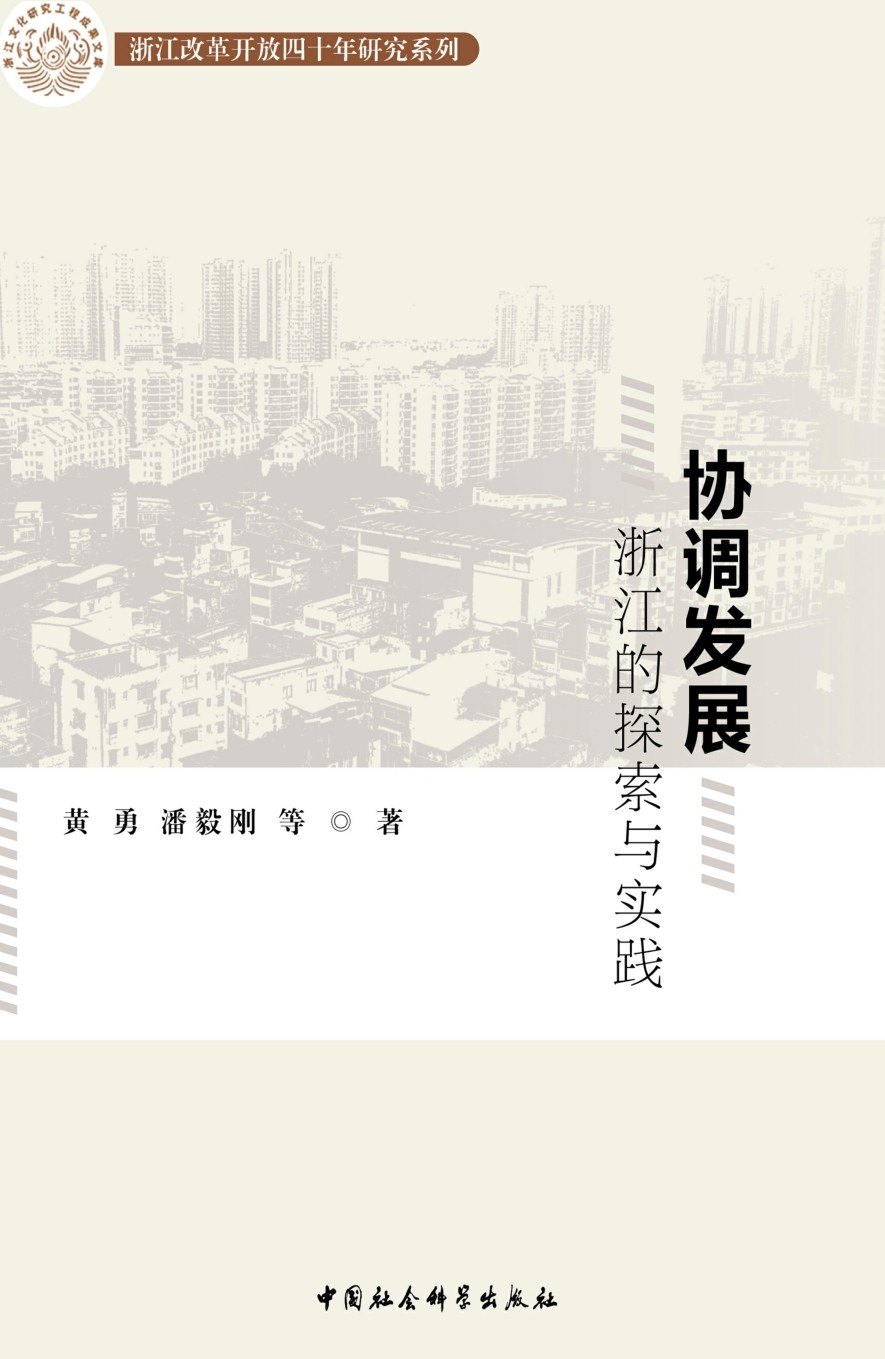内容简介
作者简介
目录
Insead of presenting a microscopic study of economic activities of one region or location,or a focused study on specific factors that bear upon regional economic development,or a macro geo—economic study of an ideal economic layout,this article,by viewing regional economies as constituents of the overall national economy,explores the conditions for overall economic development on the phase of the relations between regional ecnomies and system optimization.The theory of system optimization with reasonable regional gaps,the core of this article,is put forward on the basis of a critical review of the theory of balanced development and the theory of imbalanced development.The system optimization theory should not be identified with the theory of balanced development,for the ultimate goal of the latter is the greatest possible minimization of regional gaps,which assumes that regional gaps virtually impede developmet.But this article considers regional gaps and development imbalances are universal and regular phenomena,results of a series of objective factors.Besides,from the point of view of overall econmomic development,so long as the gaps do not widen to such a degree that they exceed a critical point,they should not be merely understood as negative phnomena that we have no choice but to put up with,but are justified to be seen as favorable conditions for economic development.More important,it is exactly the gaps between regional economies in terms of deveopment phases and levels that consitute a favorable condition for the overall economic development,especially the low cost and step—by—step adjustment and reform of industrial and economic structures,and thus help to boost the overall economic efficiency and development level.Therefore,judging by this regional development view which underscores overall coordinated efficiency,it is not necessary and appropriate to regard minimization of regional gaps as a prior goal when these gaps are kept within a certain limit.In fact,the existence of regional gaps and juxtaposition of different development phases are advantages specific to big economies,and should be recognized and utilized.Also,the theory of system optimization differs from the theory of imbalanced development.The latter,creative as it is,over—stresses the role of government intervention and the arbituary creation and intensification of development imbalances.Though theoretically speaking,the theory of imbalanced development is based on the interactions between sectors and regions and expects that the prior development of some sectors and regions will pull forward the overall deveopment of the national economy,the government's implementation of imbalance strategy proved to have cut off the normal economic relations between sectors and regions,as a result the prior development of some sectors and regions are virtually isolated ones set in self—contained cycles without pulling forward the overall economic development as expected.Besides,gaps between sectors and regions are arbitually widened,which intensifies tension and contradictions.As a sharp contrast,the theory of system optimization,by taking the objective phnomenon of imbalanced development into full consideration,advocates full use of development imbalances but rejects the idea of intentional creation of imbalances.The theory of system optimization also emphasizes comparative advantages in regional differences,stresses market integration between regions,as well as the gravity of the presence of favorable market conditions in actual exploitation of the comparative advantages because market and market prices are in fact a measurement of comparative advantages and a mechanism of their actual exploitation.That is to say,the so—called system optimization refers to the facilitation of the interaction,cooperation and common prosperity of different regions on the basis of utilizing their comparative advantages.The concept of system optimization also connotes assocation and overall development; while organic relations between regional economies refers to their reasonable division of labor on the basis of their comparative advantages and mutual dependence and cooperation through interactions.In China's modernization drive,technological renovation and institutional reform are fundamental ways to realize regional economic development in the above mentioned sense.The development of modern economy,especially the incipient knowledge economy,gives special stragegic weight to technological renovation in development.According to the different development phases and actual conditions of various regional economies in China,it is especially important in formulating development strategy to consider grabbing as quickly as possible the commanding heights in high and new technologies so as to improve the competitive edge of China's economy.This should be set as a major development goal especially in coastal areas where development conditions are more favorable.As a result,extraordinary development may be expected in some regions.To reach that goal,it is essential to establish excellent technological renovation mechnism that enables the development,populariation and application of high and new technologies.On the other hand,according to the different development levels of regional economies,while developing high and new technologies,attention should also be paid to the developmemt and improvement of some traditional technologies,which is also a kind of technological renovation.In fact in most regions in China now and in a rather long period in future,the priority should be given to the latter,that is,to the reform and improvement of traditional industries with high or applicable advanced technologies.The basic task of institutional reform is to accomplish the fundamental transformation of the economic system as soon as possible.At present many contradictions in regional economic development like regional gaps are ,to a large degree,phenomena specific to the economic transitional period.These phenomena have their roots in the contradiction between the old and the new economic systems.That is to say,so long as the transitional period persists and the old economic system still prevails in some regions,especially the backward regions,the coordinated development of regional economies will be seriously impeded.Hence the necessity of a complete institutioanl reform.The basic rask of this reform is the readjustment of system of ownership.System optimization in regional economic development with reasonable regional gaps entails corresponding government policies and administration.Therefore the government's functions and roles should meet the need of the development of socialist market economy.Key Words: China Modernization Drive,Regional Ecomomy,Reasonable Gap,System Optimization.
全部显示∨
李克,男,1956年12月26日出生。广西扶绥县人。1999年7月毕业于中国社会科学院研究生院数量经济与技术经济系,获管理学博士学位。现在中共南宁市委工作。
著作有:《区域经济发展论》(个人专著)、《南宁市1998—2020年经济发展战略研究》(与人合作主编)、《科技进步与中国现代化》(与人合作)。在《中国社会科学》等学术刊物发表学术论文二十余篇。
全部显示∨
第一章 导论一 区域经济研究的重要意义
二 基本的理论依据
三 对一些重要学术思想的述评
四 本文的对象和方法
第二章 经济区域与区域经济一 区域和经济区域
二 经济区域的构成与类型
三 中国经济区域的形成与演变
四 区域经济的一般性质和特点
五 中国区域经济发展格局与政策:简略的回顾
第三章 中国经济发展中的地区差距分析一 衡量地区经济差距的方法论
二 1952~1978年的中国地区经济差距
三 1978年以来我国东中西三大地区经济差距的变化
四 对我国地区经济差距的细分化研究
五 1978年以来中国区域经济政策概要
六 沿海开放优惠政策对区域经济差距的影响
七 对中国地区经济差距的性质及变化趋势研究的总结
第四章 区域发展差距的客观性一 资源和区位禀赋静态不可逆性
二 市场经济规律的客观性
三 制度和技术创新的时序性
四 适度区域差距的基本效应
五 进一步的讨论
第五章 区域发展差距的“适度”界限问题一 对现有文献的扼要评论
二 “适度”差异:初步的探讨
第六章 在适度差距中寻求系统优化一 经济全球化:区域经济发展的大背景
二 适度差距中的系统优化
三 系统优化目标下的区域发展
四 我国区域开发的总体战略
第七章 发展的动力:技术创新一 基本概念
二 技术创新与区域经济发展
三 加强区域经济发展中的技术创新
第八章 发展的关键:制度创新一 制度创新与技术创新的关系
二 全面建立中国的社会主义市场经济体制
三 制度创新的关键环节
第九章 区域发展管理中的政府作用一 问题的提出
二 分权体制下地方政府的作用
三 政府对区域经济活动的组织与协调
第十章 区域发展政策与管理一 中央政府的政策支持
二 政策倾斜的主要内容
三 地方及部门的举措
四 区域发展问题的国际比较
参考文献
后记
该书无电子版哦,想阅读点购买纸书吧,现在还在打折喔(⊙o⊙)










